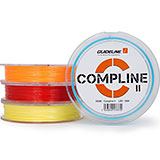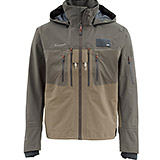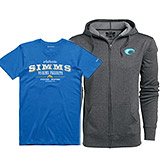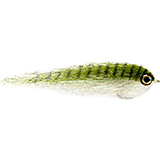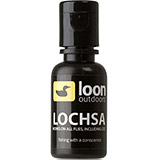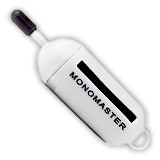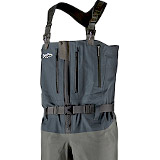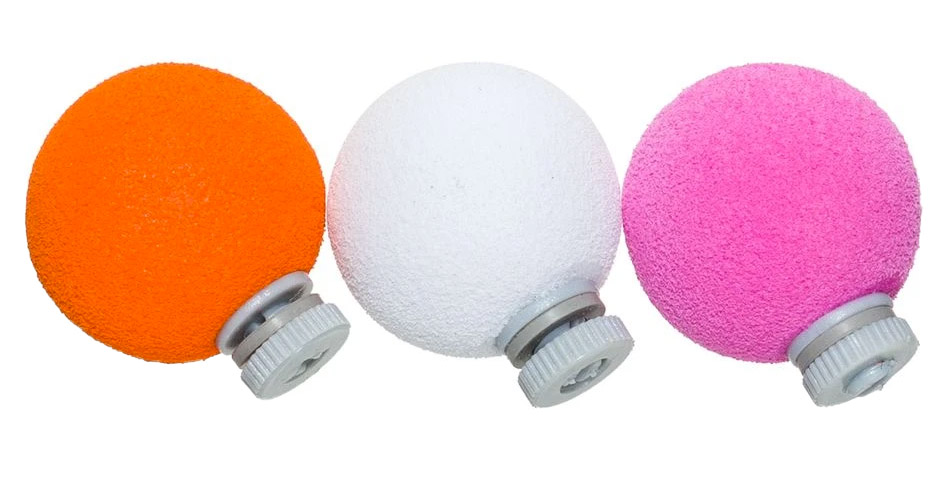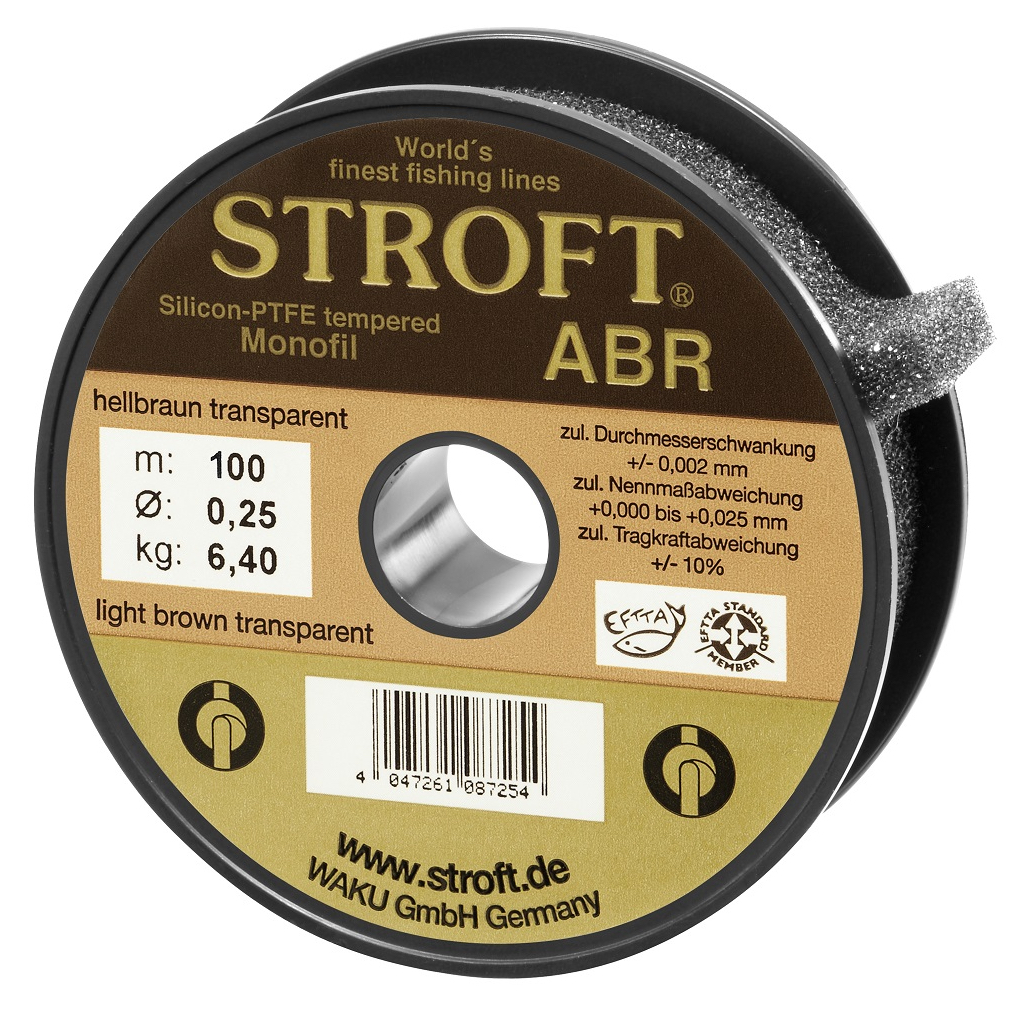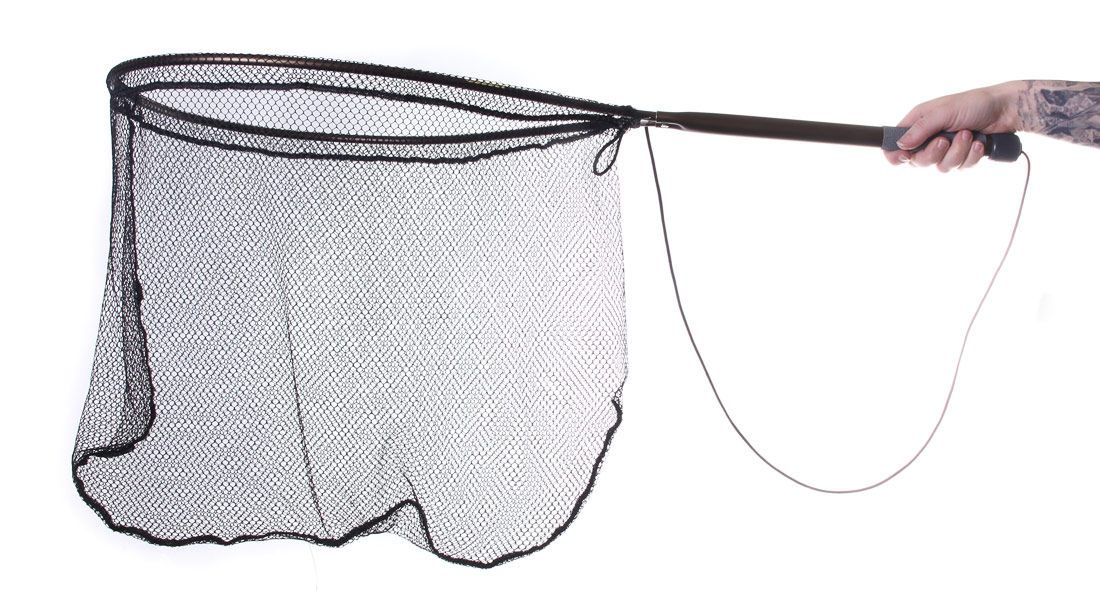Summer Barbel Fly Fishing
Barbus barbus, the scientific name of the Barbel, belongs to the Carp family and is found in many rivers in Germany. Fishing for this powerful fish, which likes to stay in fast currents, is super exciting and a great alternative to stalking Trout and Grayling. Especially in summer!
Barbel prefer oxygen-rich waters and are therefore often found in strong currents in the middle reaches of rivers. This representative of the Carp family is often found in larger schools, e.g. at weirs, bridge piers, in the outer runs of river bends or in structured passages many big stones. In addition to a current-rich stand, a gravelly substrate is ideal for the ground feeding fish with the four barbels. But the Barbel can also be found on sandy bottoms with many water plants, where it eats mussels, snails, crayfish, worms and of course insect larvae. Typical regions where the Barbel prefers to stay are therefore also called "Barbel region". Trout, on the other hand, are often found in these rivers further upstream, where the water is colder and more oxygenated on average. This does not mean that the two popular species for us fly fishers cannot be found in the same spot. So there may well be surprises!

The European Barbel - Barbus barbus
Rivers with a good Barbel population can be found almost everywhere in Germany and in many parts of Europe - even in the south. Unlike Trout and Grayling, the Barbel copes much better with higher water temperatures and is therefore a very interesting alternative for us fly fishers, especially in the summer months. Because the barbel feeds exclusively on the bottom, the fly choice is very easy for us: It has to be a nymph! And with three different nymphing techniques and the appropriate setups of rod, line and leader we are able to successfully master all typical situations in Barbel fishing.
The choice of technique depends mainly on the situation on the river. Is the barbel still in shallow water (shortly after the spawning season) or is the school already digging in strong currents in deeper sections of the river? Does the barbel with its golden scales and reddish fins betray itself by darting sideways in search and intake of food? Is the water clear enough that we can cast at individual fish on sight and observe their reactions? Or do we need to actively search for the fish with a slow and deeply guided nymph?

A rare sight - Tailing Barbel in shallow water after spawning season
1. Euro Nymphing or Tight Line Nymphing: This "modern" facet of nymph fishing has received a lot of attention in recent years - and also caused controversial discussions. The commonality of these techniques is the basic idea that it is actually possible to feel a strike. This is possible because the weighted nymph is offered on a thin, long leader of monofilament that is almost stretched during presentation. Hence the apt term 'tight line nymphing'. When the nymph is taken by a fish (or remains suspended on the bottom), tippet and leader get stretched. This impulse is clearly noticeable in the blank of the rod. A classic bite indicator is therefore not necessary.
Suitable nymphs for this technique are usually weighted with tungsten beads. This allows them to descend more quickly in fast currents. Thanks to their weight and the fact that no classic bite indicator is used, which accelerates the drift, it is possible to fish deep and slowly at the same time. So exactly how it should be when you want to catch a fish that is close to the bottom and feeds on insect larvae in the much slower current there. When fishing for Barbel with this technique, nymphs of hook sizes #10 to #14 are typically used. The weighting or diameter of the tungsten bead is adjusted to the particular speed of the current and depth of the spot, but usually varies between 4.0 mm and 3.0 mm. Jig hooks have proven to be effective because they minimize the risk of snags. To optimize this very delicate presentation technique, longer and finer rods are used. A special nymph rod with a length of 10 ft. to 11 ft. (depending on the river) in #3 or #4 line classes is perfect. This is because with these rods it is not only much easier to feel the soft bite of the Barbel, but it also increases the radius of the presentation. In fact, a classic flying line is not used in 'tight line' nymphing to bridge a distance between us and the fish. The length of the rod and the length of the special leader are perfectly sufficient to bring the nymph into the feeding zone. To our advantage here, Barbel are not particularly shy. By wading carefully, you can easily approach a school and fish many drifts with this discreet presentation technique until unrest enters the school.
During the fight, Barbel know exactly how to use the current in their favor. This is why it is very important with the fine nymph rods to exert sufficient pressure. A reliable tippet helps here. Typically we choose a diameter of 0.14 mm to 0.18 mm (depending on the water pressure). Another tip: Better use a reel with a closed frame. Otherwise your leader might get caught between the housing and the spool and get damaged. When nymph fishing in general, it is recommended to not only look at the appropriate weight of the reel to balance the the rod, but also to pay attention to a 'closed frame design'.
Tight line nymphing for Barbel is extremely successful and can be used for both sight fishing and search fishing - where it plays the biggest advantages over the other two techniques.
2. Nymphing upstream with strike indicator: This presentation technique is somewhat more classic. Namely, fishing and casting is done with a traditional fly line that is selected to match the rod (length between 8.6 ft. and 9 ft.) in line class #4 or #5. A special nymph leader is also not used with this method. Essential, however, is a floating bite indicator (e.g. made of wool, foam or cork) that can support the weight of the nymph during the drift through the current. Since heavy patterns with tungsten beads can also be used here, depending on the water depth and speed, the bite indicator must have sufficient buoyancy for Barbel fishing.
Unlike 'Tight Line Nyphing', bite detection is purely visual with this technique. This means that we wait for the bite indicator to twitch, stop or even go down. However, in order to bring the nymph into the feeding zone of the fish first, it is necessary that the distance between the bite indicator and the nymph is always controlled and adjusted if necessary. A bottom contact once in a while indicates that the nymph is moving at a suitable depth. But also in open water we can offer our nymph with this method, which is especially advantageous when fishing on sight. Because then we can observe how the Barbel swerves sideways and shows us its golden flank during the take.

Wet Wading and summer fishing for Barbel
Presenting a nymph with a floating bite indicator is typically done upstream. Which means that we are below or to the side of where the fish is feeding and out of its field of view. When casting, we should make sure that the loop of the flying line is opened slightly so that the nymph hits the water surface cleanly above the bite indicator and can sink freely. A tuck cast, which is a high stopped cast, is ideal here if we want to encourage the nymph and tippet to sink by adding some slack. During the drift, the bite indicator ideally moves smoothly on the water surface. A furrow, on the other hand, indicates that drag is occurring, causing the nymph to be pulled too hard. Bites near the bottom therefore fail to appear. By mending the flying line, the dead drift of the nymph can be optimized and drag can be prevented. Fishing with a bite indicator is useful when we have a very steady current and cannot wade close enough to where the fish is holding. Even longer distances can be easily bridged with a suitable floating line with a medium length head that easily carries the weight of the bite indicator and nymph. If bites fail to appear during search fishing with this method, the weight of the nymph and the distance between bite indicator and nymph should be checked.
3. Sight Fishing with the Rolling Nymph: Particularly exciting is fishing for Barbel with the so-called 'rolling nymph'. This presentation technique works especially well in shallower river passages and when we can watch the Barbel feeding. Again, a nymph comes to the end of the tippet (0.14 mm to 0.18 mm) and as with nymph fishing with bite indicator, a tapered leader is useful to optimally transport the energy of the cast from the fly line to the fly. However, the pattern is less weighted here, which allows it to move very freely and naturally on the bottom of the river. In average, lighter nymphs are used, but they do not have to differ in shape and size. Variants of the pheasant tail nymph, imitations of caddis fly larvae (e.g. a peeping caddis or a classic pupa pattern) or also stimulus patterns with fine rubber legs that appeal to the snout-like mouth of the Barbel have proven successful for us.

Catching a Barbel with the Rolling Nymph
Whichever nymph you choose: With this method, the nymph comes down by means of a split shot. This is done with the help of a small clamp lead or a comparable alternative made of tungsten material. The split shot is placed approx. 10 - 20 cm above the nymph on the tippet and creates a kind of contact to the bottom during the drift. The pattern, on the other hand, comes tumbling shortly behind it in free drift. This works best in spots steady current. Overall, a very natural presentation that can be done both upstream and downstream. In shallow water, for example shortly after the spawning season, we can be successful with the rolling nymph even in the classic Wet Fly Swing. The most beautiful bites with this technique!
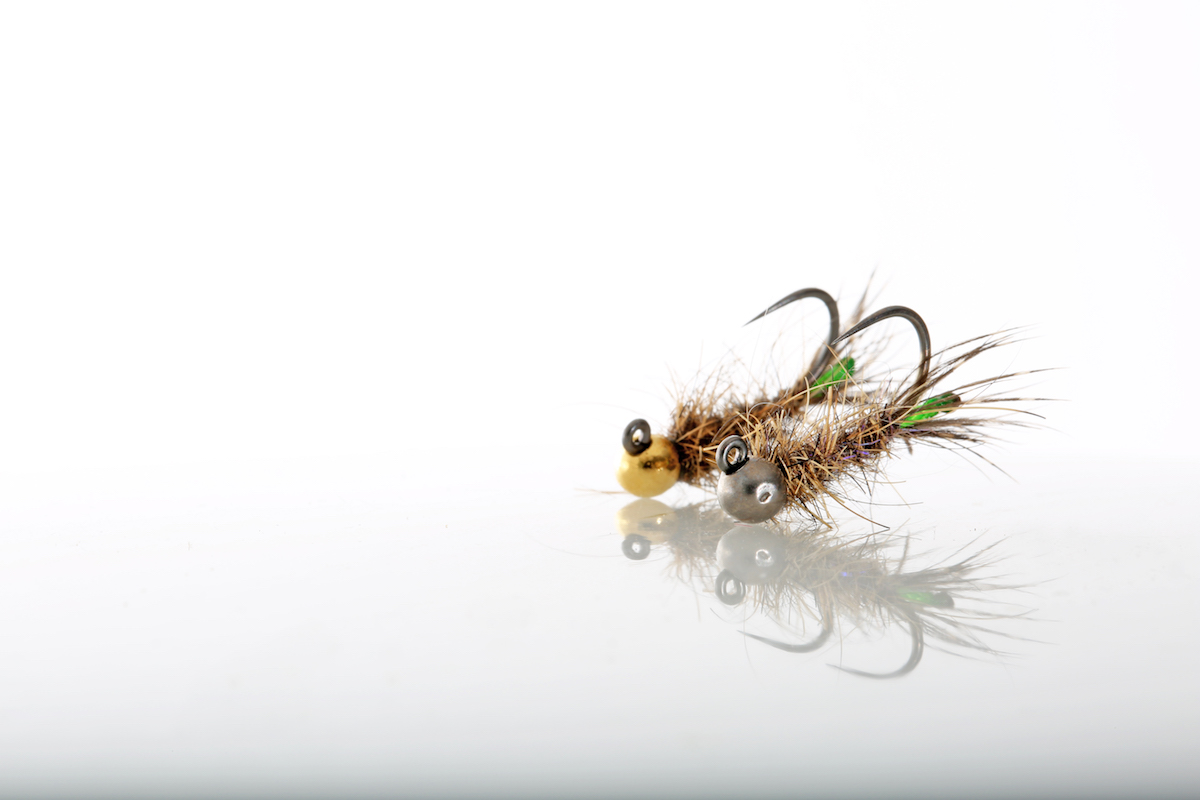
A great pattern for Barbel - The Peeping Caddis
Again, by mending the floating line on the water surface, the drift speed is controlled. With a watchful eye we observe how the fish reacts to the nymph and set the hook with a slight impulse from the wrist. You can wait in vain for a twitch of the line or even an impulse that can be felt in the blank, in contrast to the techniques mentioned above with the 'rolling nymph'. Here it is a matter of observing the behavior of the fish. A challenge that makes this fishery so exciting for us.

The golden scale of the Barbel
To make it even easier for us to observe the Barbels, polar glasses that reduce light reflections on the water are advisable. Brightening yellow glasses are perfect because they increase contrasts and we can best look down to the bottom of the river. In addition to a good pair of polarized glasses, we should also carry a large landing net when fishing for Barbel. This is because Barbel are not only strong fighters, but can also grow very large. Specimens over 70 cm are not uncommon.
Everything you need for the exciting Barbel fishing with the nymph you will find in our store. We wish you a lot of fun with the Barbel summer and tight lines!
Related products
P-16480
P-12805















